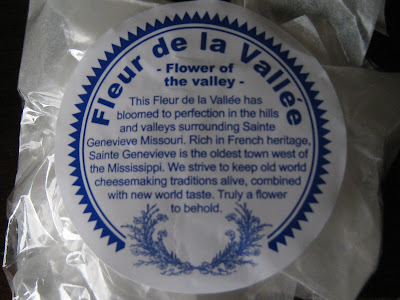
Toor dal, a/k/a pigeon peas, are our bean of choice for dal-making.
My husband Mowgli (not his real name, I mean come on, that would just be silly) is an infamously picky eater. In fact, he's so picky that I sometimes consider changing his blog name to "The Man Who Will Only Eat Five Things," but that's just a mite cumbersome. True, but cumbersome.
This July, the usual hot-washcloth-in-the-face effect has been blissfully absent, and yes I know I just jinxed it, sorry about that. But it's been close enough to soup-eating weather that yesterday morning, my thoughts turned to dal.
As I work full-time, and dal takes a couple of hours to make the way we like it, crock-pot dal seemed the way to go. I'd never tried it, but if you've read about my massive dosa failure, you know I don't shy from a kitchen challenge. Also, beans are cheap.
So without any futher ado, I present to you this blog's first practical offering: a Mowgli-approved dal recipe.
Get your crock-pot out; if you don't have one, get ye to a Target and shell out 18 clams like I did.
Put 4-6 cups of water in the crock (4 makes a thick dal, more makes it thinner). Wash 1.5 cups of beans (lentils, toor dal, moong dal, yellow split peas, whatever, doesn't really matter) and add them to the water.
Add the following spices:
1/2 t. turmeric
1 t. ground cumin
1/8 t. cayenne (or a couple of dried red chiles if you have them)
2-3 curry leaves -- totally optional, you won't miss them if you don't know what they taste like, and they're only available at Indian or international groceries.
Turn the crock on low and go to work, or sleep, or whatever. Mine went for 9.5 hours and was just fine.
When you get home, or wake up, turn the crock off and add about a teaspoon of salt. Remove the chiles and curry leaves if you added them earlier. If you're feeling fancy, add 1 teaspoon of garam masala and a squeeze of fresh lemon juice. For the record, I did neither last night, though I had both on hand, and it was still delicious.
Start your rice, and get out a small frying pan, some cumin seeds, ghee (butter or oil will work, too) and an onion. Dice the onion and saute it over medium heat with a teaspoon of cumin seeds in 2 tablespoons of whatever oil you choose. You want the onions to turn out soft, but not brown, so count on at least ten minutes of cooking time. Add the onion mixture to the soup, stir it in, add more salt if you like, and enjoy over rice.

The onions should be just a bit more done than this.




































